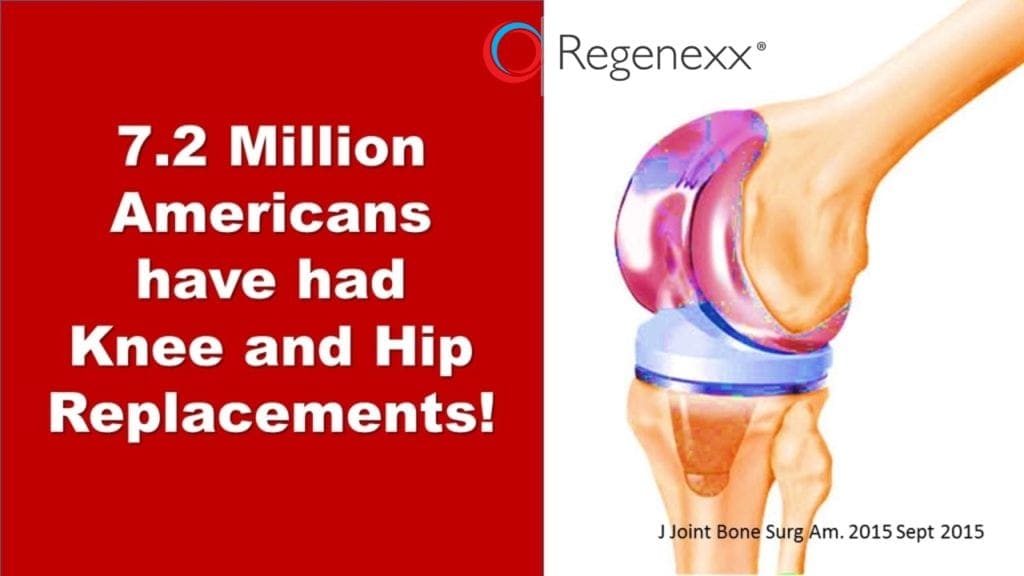7 Million Americans Have Artificial Knees and Hips!
7 million Americans are walking around with knee and hip replacements! Why should we care? That’s a staggering number, given that studies have shown that 1/3 of knee replacements have no medical basis, and the numbers are no better for hips. Joint replacements are dangerous surgeries whose side effects and complications subject patients to ongoing serious medical issues, like chronic pain, metal toxicity, and cardiovascular risk, when there are much safer options available which don’t include amputating a joint.
Why are so many of these very invasive surgeries being done? The issue is two fold. First, it takes a long time for the insurance industry to catch up to new advances in medicine, especially when the new advances constitute a transformational paradigm change. An example is Interventional Cardiology. Today, open heart surgery is uncommon because they’ve figured out how to do most things through a catheter. Insurance eventually realized it was less risky and began to cover the procedures. This is the same type of situation. Interventional Orthopedics will eventually be the norm and be covered by insurance and surgery will be reserved for when its actually necessary. The second part is part of the transition needs to include physicians being willing to expand their paradigm. If all you have is a hammer, everything begins to look like a nail, and surgery is what they know. For our part, publishing results, publishing our peer reviewed papers, and educating physicians on how to do procedures safely and effectively are the best tools to quicken that process.
But on to the study… This was a “counting study” meaning it involved no in-vivo or in-vitro research, but rather compiled the numbers from hospital discharge records, state inpatient databases, census records and mortuary records with the intention of discerning the number of people living today in America with hip and knee replacements. Females and older people had more joint replacements, there were more knee replacements than hip replacements, and the trend toward greater prevalence and younger age were established. 2.5 million people (1.4 M women and 1.1 M men) have had hip replacements, and 4.7 million people (3 M women and 1.7 M men) have had knee replacements totaling 7.2 million people alive in America today with artificial hips and knees!
The upshot? There are people who truly need joint replacements for whom all other options are no longer available and for whom a new knee, or a new hip can drastically improve their quality of life…if their lucky. Many years ago my own father fell, his hip was x-rayed, no fracture was found and 10 days later he was rushed to the hospital in cardiac distress resulting from a collapsed hip. He did need a hip replacement; but he was also never the same after that surgery. How many joints that are being amputated can be saved? Hopefully we’ll find out once Interventional Orthopedics is available to everyone!

If you have questions or comments about this blog post, please email us at [email protected]
NOTE: This blog post provides general information to help the reader better understand regenerative medicine, musculoskeletal health, and related subjects. All content provided in this blog, website, or any linked materials, including text, graphics, images, patient profiles, outcomes, and information, are not intended and should not be considered or used as a substitute for medical advice, diagnosis, or treatment. Please always consult with a professional and certified healthcare provider to discuss if a treatment is right for you.
